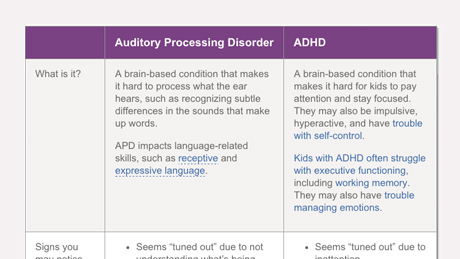
following instructions when you read them as opposed to when someone explains them to you.understanding idioms, puns, or other wordplays.In teens and adults, dyslexia can also manifest as difficulty with: reading familiar words when there are no illustrations.reading letters that look similar (like b and d, or p and q) or that sound similar (like b and p, or f and v).remembering sequences (like the alphabet song).

Some examples include experiencing difficulty when: Symptoms of impairment in reading can appear as early as preschool and continue throughout childhood. It is, in fact, one of the most common ones. You may also have a hard time identifying those sounds in words, or keeping pace while reading.Īs many as 15% to 20% of the general population experience symptoms of this specific learning disorder. If you have dyslexia, you may have trouble associating letters with their sounds, for example. Learning disorder with impairment in readingĪccording to the DSM-5, dyslexia refers to specific difficulties in:

These four categories, described separately in previous editions of the DSM, include: The DSM-5 combined four categories of learning disorders into one named specific learning disorder.
Types of auditory processing disorder professional#
It usually happens after the person starts formal education, but a learning disorder can be diagnosed at any time during childhood, adolescence, or adulthood.Ī trained health professional will usually take different aspects into consideration before making a diagnosis. In adults, learning disorders show as persistent difficulty in completing tasks related to reading, writing, and math.Īn extensive and comprehensive evaluation is required to diagnose a learning disorder. If performance reaches average, it’s only after extensive and determined effort and support. In children, learning challenges usually show up as below-average academic performance for their group age. These disorders can also affect different aspects of development, like speaking, attention, and movement. Learning disorders typically manifest as persistent challenges, of various severity levels, in three learning areas:

You could also live with more than one disorder simultaneously. There are many types of learning disorders, and symptoms can sometimes overlap. It affects the way you learn, but not your overall capacity to learn. It could make learning a skill very challenging. A learning disorder is a neurodevelopmental condition that impacts how you perceive and process information.


 0 kommentar(er)
0 kommentar(er)
